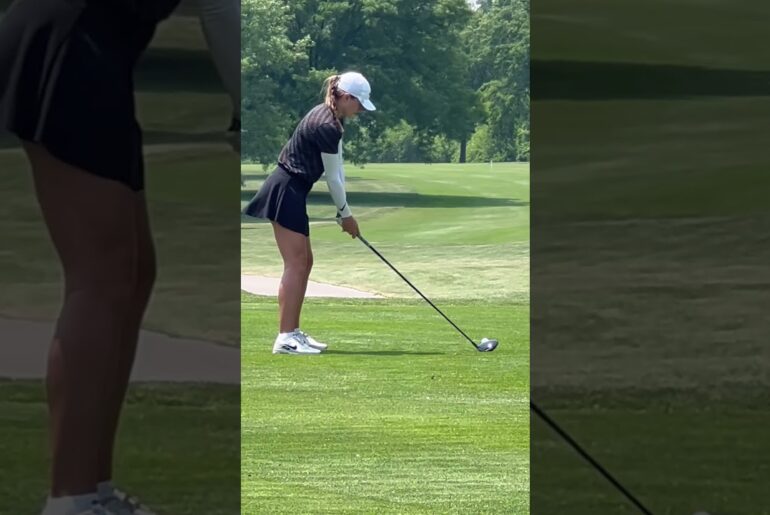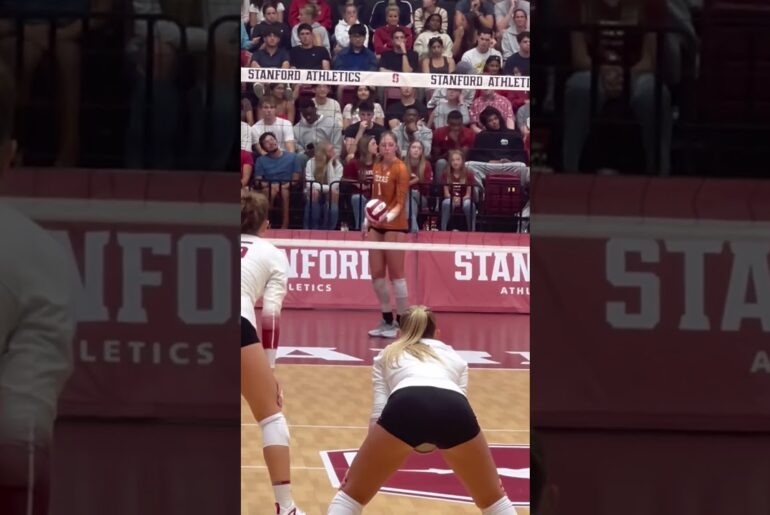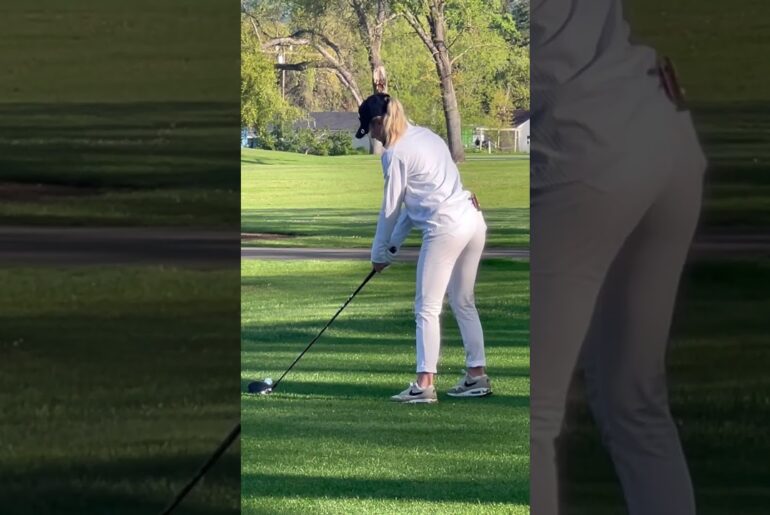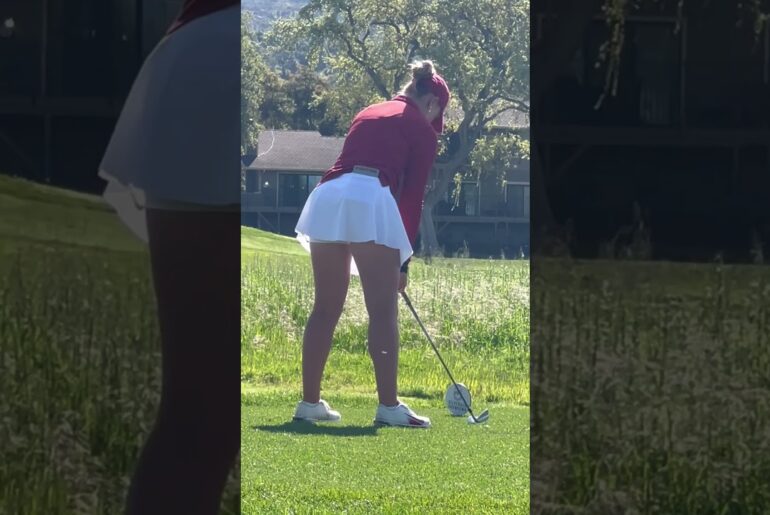In today’s walking tour we explore Molveno, a true gem in Trentino, northern Italy, right at the foot of the Brenta Dolomites. This town is best known for its lake, Lake Molveno, a natural lake, formed by a massive landslide a long time ago.
Just a short drive from Andalo, Molveno is often a favorite summer destination for families. Its lake has been awarded the “5 Vele” by Legambiente for years recognizing it as one of the cleanest and most beautiful in Italy.
We’ll begin our walk in the old town and head down to the lake. We’ll see what the beach area is like, and then take a cable car up to the Pradel Plateau for the best panoramic views in the town.
Come along to see what a summer day in the Dolomites is like! ☀️
Things to See
0:00:00 *Welcome to Molveno*
0:06:05 *Piazza San Carlo* – Molveno’s central square
0:11:56 *Church of San Vigilio* – Small 13th-century alpine church
0:14:55 *Lake Molveno (🥇)* – Natural lake formed by landslide
0:22:01 *Eagle Sculpture* – Popular Molveno photo spot
0:26:50 *Parco Giochi Galeone dei Pirati* – kids playground
0:42:50 *Aquapark* – Lakefront pool with water slides
0:45:50 *Minigolf Course* – Compact outdoor mini golf course
0:49:15 *Pump Track* – Biking track with humps and curves
0:52:15 *Scale d’acqua* – River flowing over stone steps
0:55:00 *”El Caputel”* – Small shrine at historic junction
1:00:25 *Chiesa San Carlo Borromeo* – Molveno parish church
1:03:30 *Zona Bosnia* – Old district linked to WWI
1:05:35 *Palazzo Saracini* – Baroque home of noble family
1:11:50 *Molveno-Pradel Cable Car (⭐)* – Lift to plateau 500m up
1:17:25 *Pradel Plateau* – Scenic area with family amenities
1:21:25 *Sentiero di Sciury* – Squirrel-themed family hiking loop
1:24:25 *Pradel Viewpoint (⭐)* – Molveno’s best viewpoint
1:25:25 *Next tour* – https://youtu.be/80_oPVDm8UA
📜 Turn on CAPTIONS for descriptions, historical facts and much more!
🌍 Captions (CC) are available in ALL languages.
📌 Playlists by Voyatours
#molveno #dolomites #lakemolveno #trentino #andalo #italy #walkingtour #4k
__________________________________________
🔔 *SUBSCRIBE*
Hi, I’m Salvatore from Italy 🇮🇹. Each week, I’ll be sharing walking tours of this amazing country. Subscribe to discover Italy like never before! 🙂
Today we explore Molveno, a gem of Trentino, northern Italy. The cities of Bolzano and Trento are both about an hour’s drive from here. In the distance is Lake Molveno, a natural marvel formed by a large landslide thousand years ago. Molveno holds the Orange Flag from the Touring Club Italiano, awarded to towns for excellent hospitality, sustainability, and care for local heritage. In 1905, the poet Antonio Fogazzaro described Molveno as “the purest gem in a precious casket.” In the background, you can see the Pradel Plateau peaks, our final stop on this tour. We are now walking through the old center and gradually head down to the lake. Molveno has a small permanent population of around 1,100 inhabitants. The town is part of the Adamello-Brenta Nature Park (PNAB), established in 1967. The park is the largest protected area in Trentino, covering the Brenta Dolomites, Paganella, Val di Sole, Val Rendena, and Val di Non. Molveno itself is located at the foot of the Brenta Dolomites and Paganella massif. This area, Piazza San Carlo, hosts the parish church and its bell tower. The bell tower is the oldest section of the complex. The church’s bells were replaced in 1932, as the originals had been requisitioned by Austrians during wartime. Molveno is set at 1,350 meters (4,429 feet) above sea level. In summer, temporary stages are often set up here for local events and performances. This is the panoramic terrace of Hotel Ariston. The lake view from this spot is truly stunning. Some of the main peaks surrounding Molveno are Cima Tosa, Cima Brenta, and Piz Galin. Together, they form a natural amphitheater around the lake. This is the municipal cemetery, alongside the small church of San Vigilio, dating back to the 1200s. Molveno has been a popular resort since the 1950s, attracting families and sports enthusiasts. However, its history goes back much further—to the Neolithic era, with settlements dating back 5,000 years. In 1952, archaeologists found pottery fragments and flint tools from this period in Lake Molveno. These early inhabitants likely lived in the Valle delle Seghe, before a massive landslide formed the lake. Molveno does not have its own train station but is accessible by public transport. Visitors usually arrive at the nearby train stations in Trento or Mezzocorona. From there, regular bus services connect directly to Molveno. The bus trip from Trento to Molveno generally takes around 1 hour and 15-20 minutes. Lake Molveno is the second largest natural lake in the Trentino-Alto Adige. It is also the largest natural Alpine lake situated above 800 meters altitude. The lake was formed by an immense landslide from the surrounding mountains about 4,000 years ago. This cataclysmic event dammed the valley, creating the deep alpine lake we see today. Its formation circa 1000 BC was confirmed by radiocarbon analysis of an ancient submerged forest discovered in 1952. The beach surface is covered in white pebbles. The water has a distinct azure color, is clear, and free from major pollutants. We know the lake is clean because it’s home to Arctic char, a fish that only lives in cold, deep, well-oxygenated lakes. This sculpture reflect Molveno’s alpine identity. Tourists often stop for photos with the lake and mountains behind the eagle. Behind the beach are 12 hectares of manicured English-style lawns. The grassy area is well-maintained, providing enough open space for everyone. The summer atmosphere here is relaxed, easygoing and cheerful. People are relaxing in various ways, some lying on the grass, sunbathing, others napping, or lounging near the lake. The range of child-friendly activities makes Molveno an easy choice for families. This playground area is called Parco Giochi Galeone dei Pirati (“Pirate Galleon Playground”). It includes slides, group swings, and other wooden play structures. At its center is this large wooden pirate ship, set in a wide sandpit where children can climb and explore. Other offerings include beach volleyball, tennis, mini-golf, and a variety of water sports. You can rent boats, pedalos, e-boats, canoes, and stand-up paddleboards (SUPs) for lake exploration. Lake Molveno is the deepest lake in Trentino-Alto Adige (124 m / 407 ft). Lake Molveno has consistently won the “Cinque Vele” (Five Sails) award from Legambiente, placing it among the best lakes in Italy. By 15 AD, Molveno had become a Roman military outpost. Its strategic location offered control over the valley and access to the Brenta–Paganella upland. This Roman presence likely brought cultural exchange with local Rhaetian people and connection to Roman administration. Adjacent to the lake is an aquapark, with a swimming pool, slides and water games. For those who like doing nothing, a shaded chair is always an option. For a bit of playful competition, there’s a lovely minigolf course here. The goal is to sink the ball in each numbered hole with the fewest strokes. All course obstacles like tunnels and ramps must be overcome. Each stroke counts as one point, recorded on a scorecard, and totals are marked down after completing each hole. If the ball goes out of bounds, a two-point penalty applies, and the ball returns to the starting point. This lady looks focused—let’s see if she sinks it. Hole! Well played! This area is a pump track, a course of humps and turns for beginner riders to improve biking skills. The goal is to use the track’s ups and downs to maintain speed and improve bike control. Active visitors can also enjoy tennis, with two courts available on site. This spot is called “Scale d’acqua” (Water Stairs). The name comes from the way the river here cascades down a series of natural steps. Water is channeled over stepped rock formations, producing the sound of a gentle cascade. Let’s now walk up to the center via this trail, the Sentiero al Lago (Path to the Lake). As of early 2025, the average home price in Molveno reached €5,200/m². This is a 19% increase from 2024. This means homes here now cost about the same as in major Italian cities like Milan or Bolzano. This votive shrine is called “El Caputel”. It is situated here because this spot was once a junction for paths leading to the village’s fields. The shrine has four niches, one bearing a Latin inscription—”Ferant Alpes laetitiam cordibus” meaning “May the Alps bring happiness to hearts.” In 2009, the Dolomites achieved UNESCO World Heritage status. Italy has 60 UNESCO World Heritage sites, more than any other country in the world. Molveno experienced its “Belle Époque” of tourism in the early 1900s. Mountaineer Osvaldo Orsi and hotelier Attilio Bettega were key figures in transforming this town into a tourist destination. Orsi mapped routes in the Brenta Dolomites while Attilio Bettega founded and managed the Grand Hotel Molveno. King Albert I of Belgium regularly came to Molveno from 1926 to 1930. Composer Franz Lehár was inspired here, writing his operetta “Eva” during a stay at the Grand Hotel Molveno between 1926-1930. We’re now back in the historic center. It’s 1:00 p.m. The Church of San Carlo Borromeo was built between 1939-40 on the site of an earlier 17th-century structure. Its simple façade has a gabled roof and an architraved portal sheltered by a small overhanging canopy. Inside, the church has a single, wide, rectangular nave leading to a slightly elevated presbytery. The ceiling has a coffered design with recessed panels, adding depth to the interior. The frescoes are by Carlo Bonacina, painted in 1940 and restored by him in 1977. The inhabitants of Molveno are called Molvenesi. We are now in the “Zona Bosnia”, one of the oldest district in Molveno. The name of this district likely originates from Bosnian soldiers quartered here during World War I. Drying corn on balconies was common in alpine villages — a sign of how vital harvests and self-sufficiency were in mountain life. Down here is the Trattoria Vecia Molven, a small traditional restaurant. The old town’s layout is the result of organic growth and adaptation to the terrain. It features narrow, winding lanes and small shared spaces typical of alpine villages. In front of us is Palazzo Saracini, a notable 18th-century Baroque building. It was originally the residence of the Counts Saracini, the last noble family to rule Molveno. During WWI, it served as a German headquarters; by the 1970s, it was a parish rectory. In medieval times, Molveno was contested by powers like the Bishops of Trento and Counts of Tyrol. The Counts of Flavon briefly controlled the area and built a small fort, later demolished in the late 14th century. These were built to block French troops during the Napoleonic Wars. Stronger defenses were added between 1802 and 1805 in response to French advances. We are now heading up Via Garibaldi to reach the cable car station for the Pradel plateau. In September 1921, a devastating fire destroyed about sixty houses in Molveno. This left over 100 out of 150 of the village’s families homeless at the time. Tightly packed wooden houses and narrow streets let the fire reach the town center in just 30 minutes. The fire also destroyed winter fodder stored in barns, a major loss for the agro-pastoral community. Economic damages were estimated at 3 million lire, of which only 200,000 lire were covered by insurance. Ahead you can see the cable car station for Pradel. The Pradel Plateau is one of the main attraction in Molveno. Pradel sits at 1,350 meters, nearly 500 meters straight up from the town of Molveno. A round-trip ride costs €15. We need to pick a cabin now. This one looks good. Let’s take it. The original chairlift connecting Molveno to Pradel was installed in 1952 by the S.I.S.M. hydroelectric company. It was built to thank the local population for the inconveniences caused by the Lake Molveno hydroelectric works. I’m moving around to get the best angle. That’s better, but my subscribers deserve more. Now it’s perfect! The ride to the top takes roughly 6 minutes. The chairlift changed modern tourism by providing easy access to high-altitude areas without long hikes. These 8-seater cabins were introduced in 2014, replacing an older gondola for improved comfort and capacity. If you want to help the channel of this guy you see blurry through the door, consider leaving a like. Thank you! The Pradel Plateau is a hub for families and mountain lovers and key starting point for the high alps. It has several themed trails, small adventure parks, and includes a few hotels, a mountain shelter, and a farmstead. It’s also a popular launch site for paragliders due to its favorable wind conditions and wide open spaces. Paragliders here use thermal updrafts created by warm air rising from sun-heated rocks. These currents allow them to fly, offering great views of the mountains and lake. This is the departure station for the second lift, the Pradel-Croz dell’Altissimo. It was added to the network back in 1963 to further improve access to higher elevations in the Brenta Mountains. Pradel is home to several themed trails and a few small adventure parks. Since I didn’t have time to visit them all, I went straight to Pradel’s main viewpoint to finish the tour. To get there we need to follow the “Sentiero di Sciury” (Sciury’s Trail). The Sciury’s Trail a 2.5-kilometer loop that playfully follows the daily life of Sciury the squirrel. Along the route you’ll find artistic wooden squirrel dens and stations to learn about squirrel characteristics. Here we are – from this spot, you see it all: the turquoise lake, the town of Molveno, and the surrouding mountains. It’s easy to see why people fall in love with this corner of Italy. If you’re curious to see how Molveno looks at sunset, make sure you click on the next video! Thanks for watching!








5 Comments
🇮🇹 LIKE the video if you love the Dolomites!
Italy is so beautiful.
❤❤❤😊
Che belli sti servizi, così ti trovi 10.000 persone nel fine settimana in luoghi che non li possono sopportare ma tu ci guadagni magari 20€, che tristezza
Nice sharing my friend.., Thanks for a beautiful video…!!!